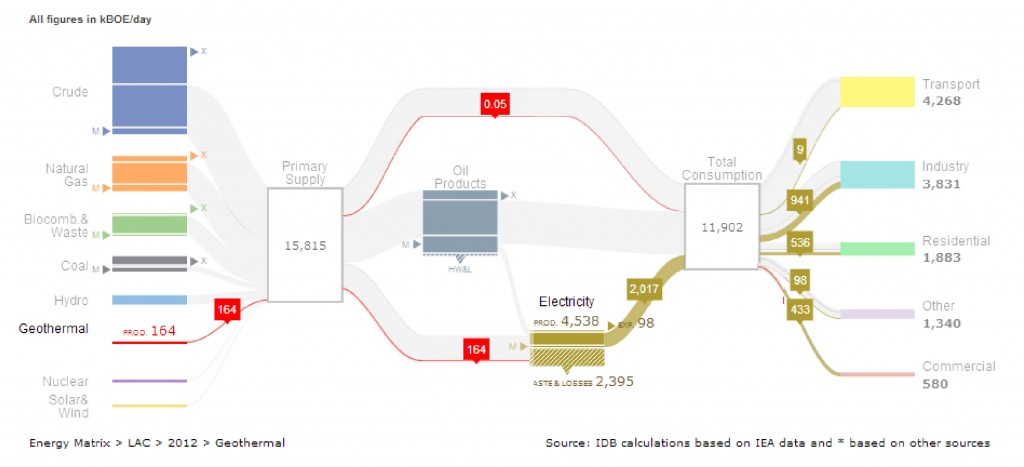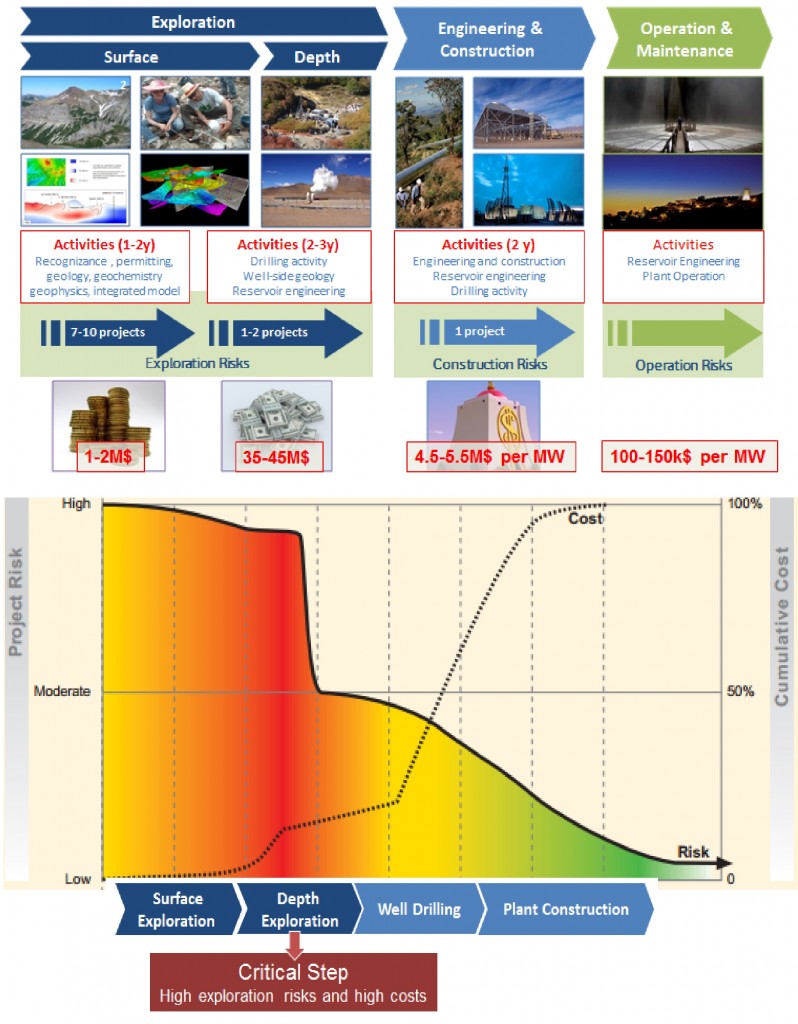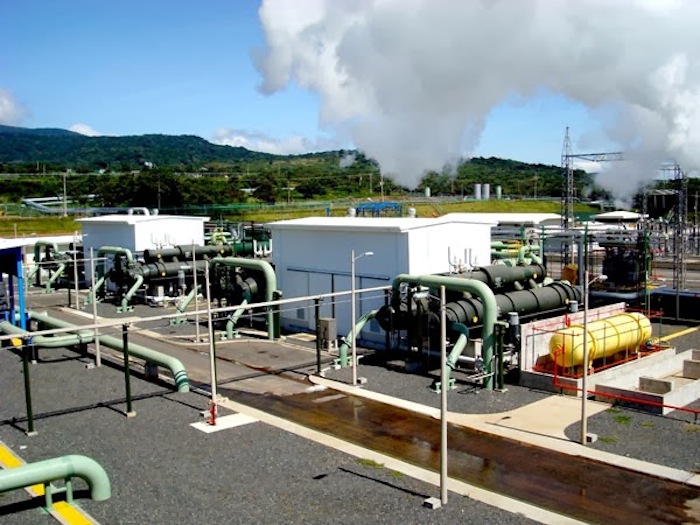Regulation, risk mitigation and adequate funding main ingredients for geothermal development
Sandro Bruni from the IADB provides "Three steps to ensure that geothermal energy takes off" - Regulation, risk mitigation and adequate funding
In a very interesting post last January by Sandro Bruni from the Inter-American Development Bank (IADB), he covered the low oil prices and the opportunity that this created to expand geothermal energy generation.
The same author now provides a 3 step approach to ensure the success of geothermal development. The following corresponds to his blog post:
In the past 30 years, geothermal energy has become a key source of electricity generation worldwide, and it is clear why: it offers competitive costs, technical reliability, and it provides firm power with high load factors that make it an extremely attractive source of energy.
Not only is it a clean, renewable technology that has low environmental impact, but it is also a viable option to diversify the energy mix of a country, reduce its carbon footprint, and strengthen its economy.
Moreover, unlike other technologies, energy production and costs are constant and independent of weather variations and fluctuations in the prices of fossil fuels.
However, despite all these advantages, the Geothermal Energy Association says that Latin America operates at only 4-5% of its geothermal potential (Figure 1).

Why? What are the barriers to geothermal development in this region? The following analysis of a geothermal project (Figure 2) highlights the obstacles:
1) Long development times
From exploration to exploitation, development of a geothermal project can take up to seven years.
2) High Risk Investment
The exploration phase has high costs (up to $ 40-50 millon), and it is not possible to anticipate whether sufficient resources will be found – in quality and quantity – to make the project viable.
3) High initial cost
A geothermal plant costs between $4 and $6 million per megawatt installed, which is three times the cost of a traditional coal, oil, or gas power plant. This difference is due to the initial expenses derived from the drilling of geothermal wells.
Later in the project cycle, however, operating costs of a geothermal power plant are extremely low, and long-term prices are competitive. But we must overcome the initial sacrifice.

Knowing all this, how can we encourage the development of geothermal technology?
1) Specific regulations
Activities, the timing, and the particular risks of a geothermal project necessitate specific regulations concerning the extent of the concession area, the duration of the concession, and the obligations and rights of the concessionary in order to safeguard public and private interests and those of the developer.
Several governments and institutions have undertaken significant efforts in this regard:
– Chile amended its geothermal regulations in 2013.
– Mexico passed energy reform legislation specifically related to geothermal energy in 2014.
– Nicaragua reformed its laws and geothermal regulations in 2014 to boost public sector presence in this type of projects.
– Peru modified the regulation of its law to facilitate the development of geothermal technology in 2013.
2) Risk mitigation programs
It is also necessary to design programs to reduce risks during the exploration phase:
– In Mexico, energy reform allowed the national electricity company (CFE) to partner with the private sector to reduce the financial exposure that both had faced in the exploration phase.
– To stimulate private sector investment in geothermal technology in Mexico and Chile, loans convertible to grants, seed loans, and financing at low interest rates are available. All this is offered through the support of the Clean Technology Fund, the Inter-American Development Bank, and the Government of Mexico.
3) Adequate funding
Similarly, national and regional development banks should provide resources for the construction of geothermal plants. The Co-financing for Renewable Energy and Energy Efficiency (CORE) agreement, signed by the IDB and the Japan Development Cooperation Agency (JICA), is a good example. The agreement aims to mobilize approximately US $ 1,000 million in concessional loans to support sustainable energy and mitigation of climate change in Central America and the Caribbean by 2017.
Thus, some Latin American countries have taken the first timid but important steps to promote geothermal energy. Now, to ensure it takes off as an industry in the region, economic, financial, and regulatory support will be essential.
Sources: Sandro Bruni: January 2015 Blog of IADB & May post Blog of IADB


















